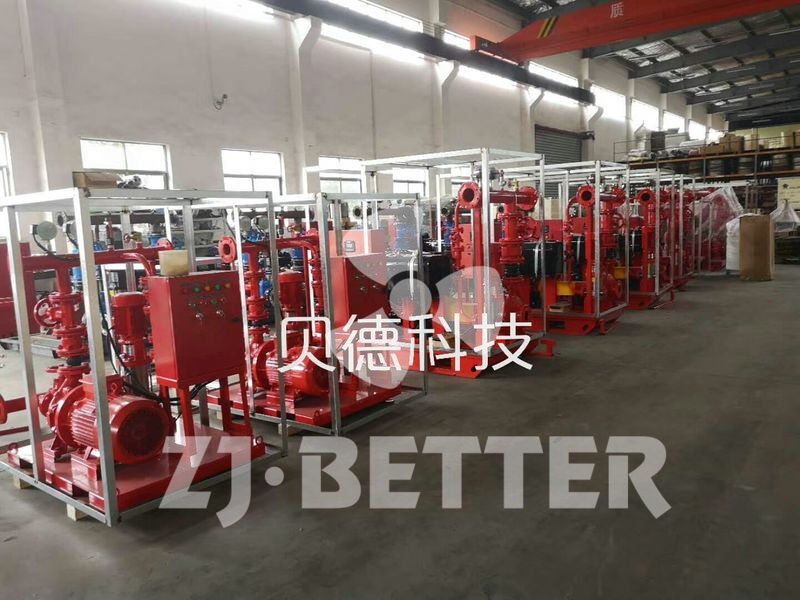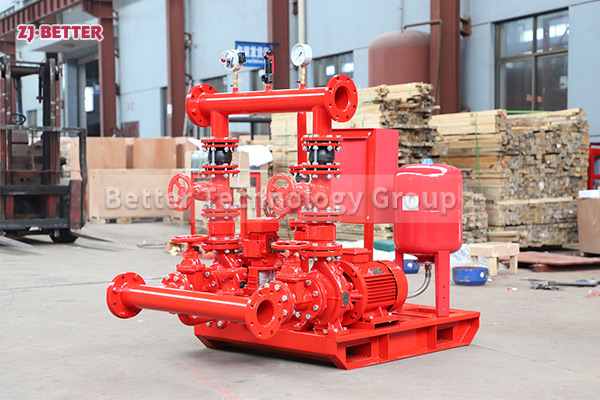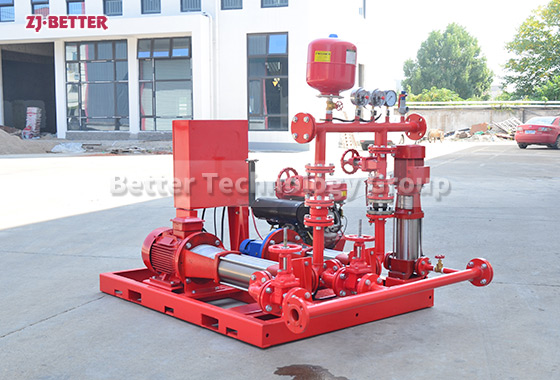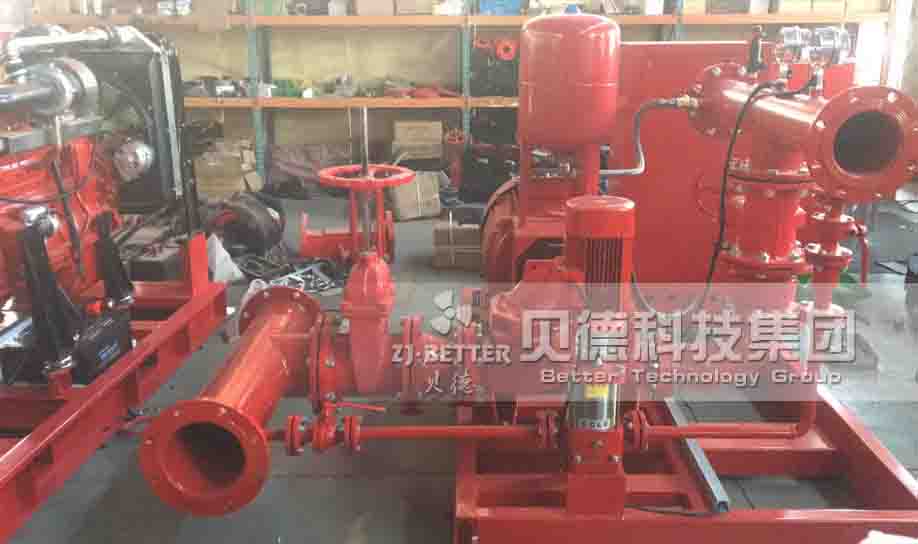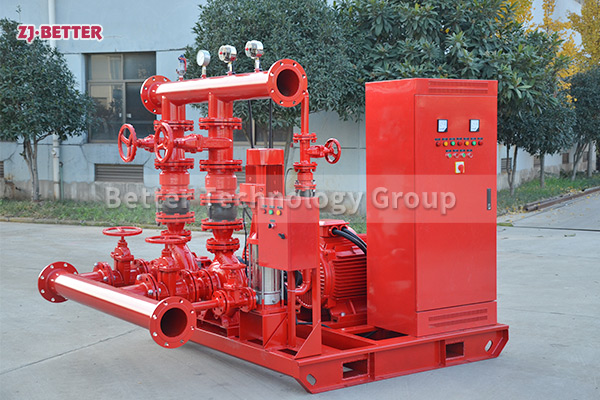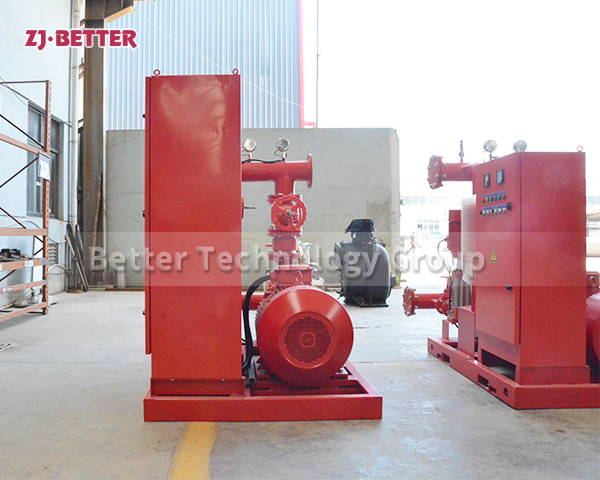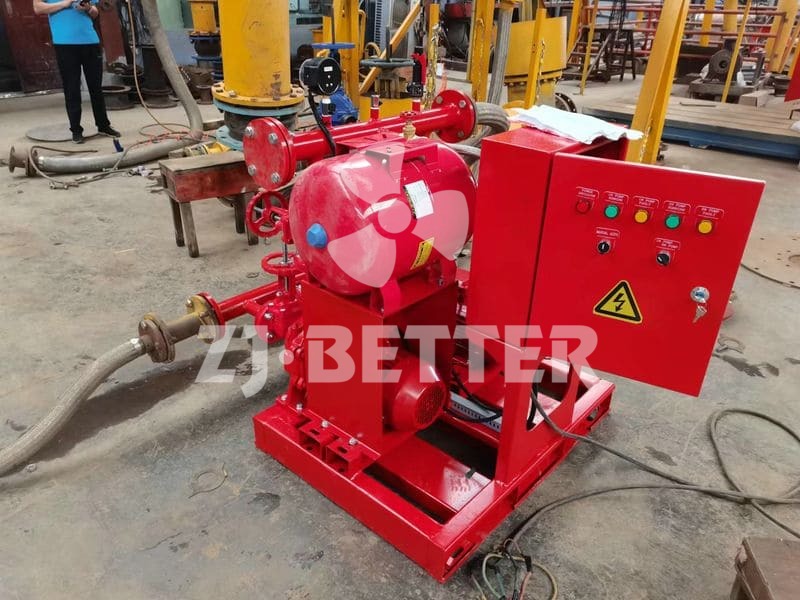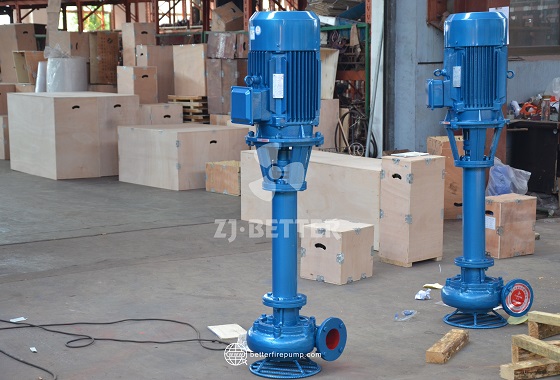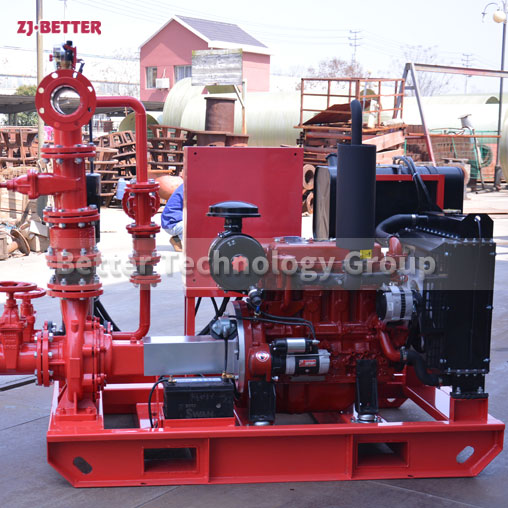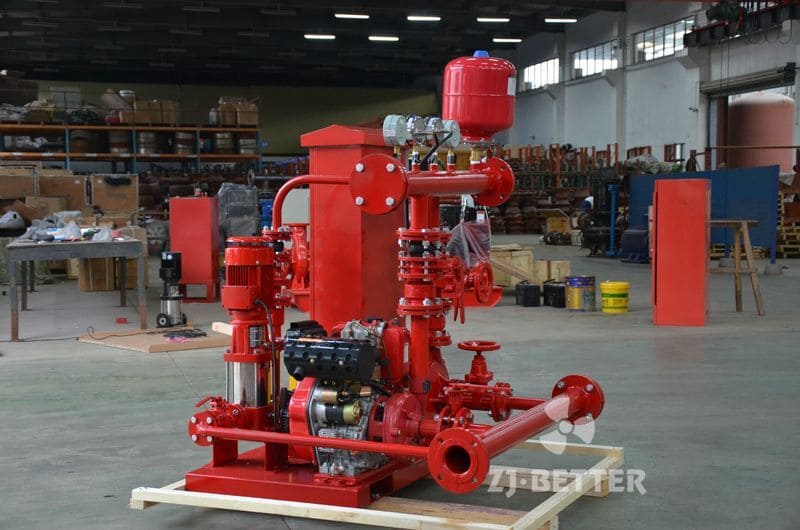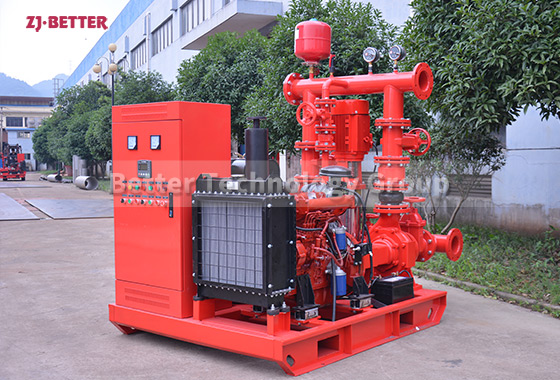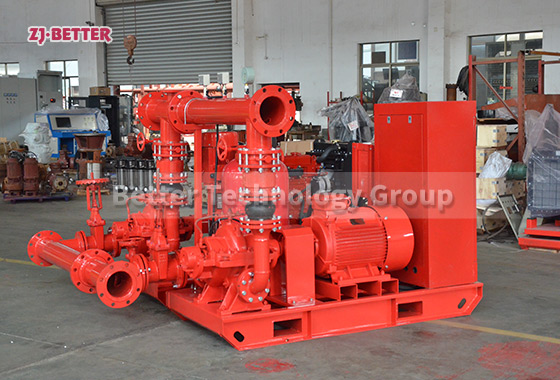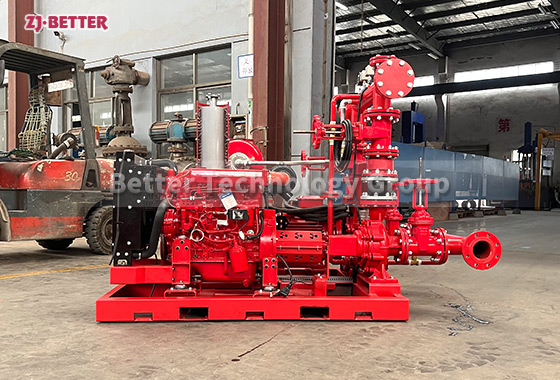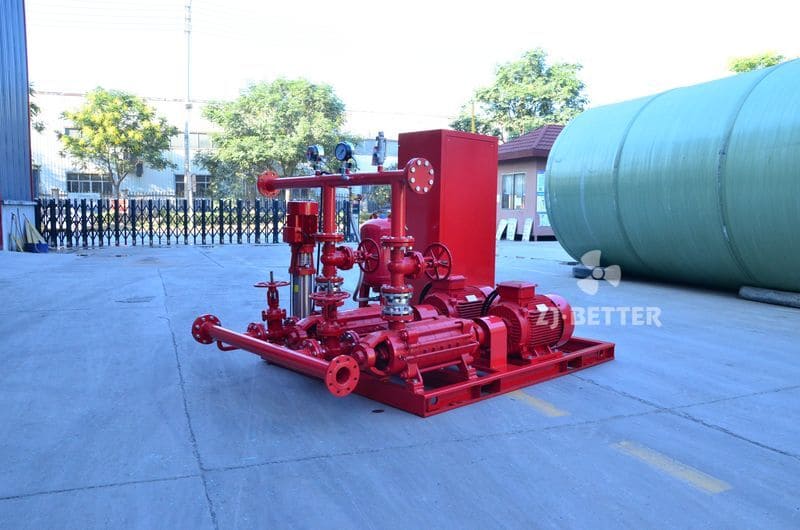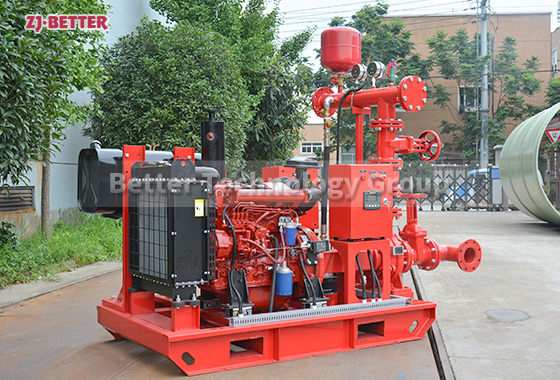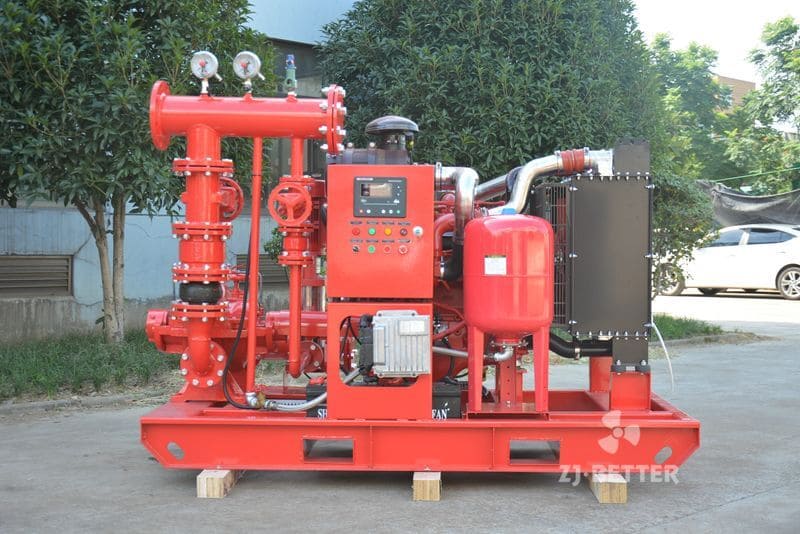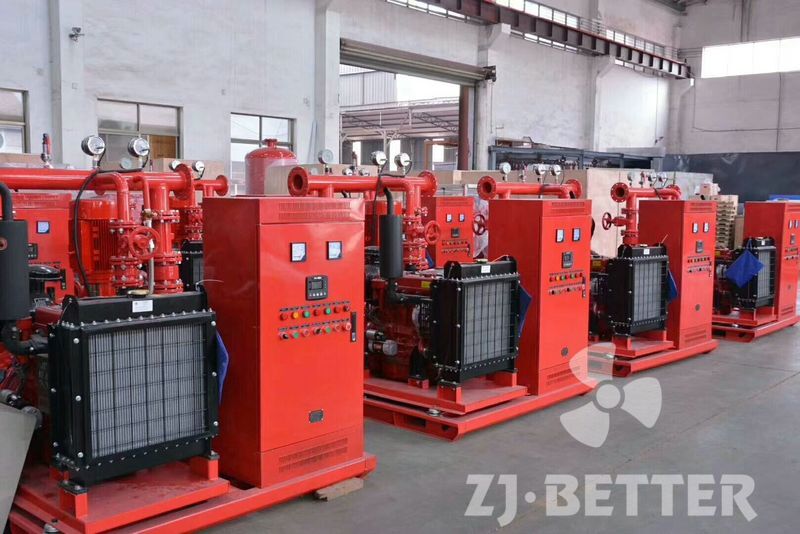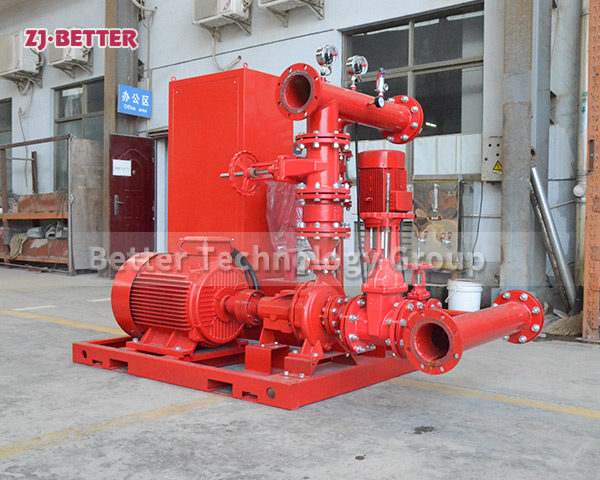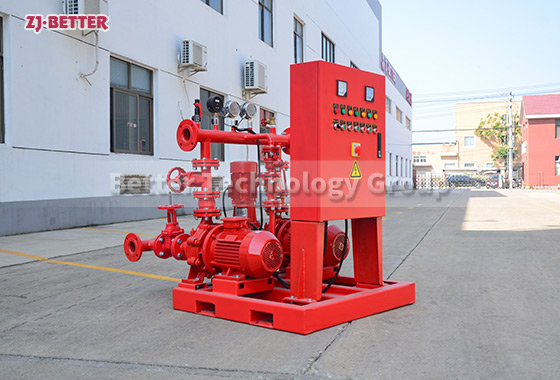How to choose a good fire pump?
Many people buy fire pumps for the first time and don’t know how to choose a fire pump. They know very little about fire pumps and don’t know how to choose. So today, on the issue of fire pump selection, here is a explanation for everyone to help you better choose a more competitive fire pump.
Key point 1: Choose the right flow and head. Different fire pumps have different flow rates and head. Customers can accurately calculate the amount of water and water pressure of the fire pump according to the purpose of the fire pump and the type of engineering it serves. Select the appropriate fire pump according to the calculation results.
Key point 2: Select the fire pump that has passed the type inspection of the national fire protection product quality supervision and inspection agency. In addition, the fire pump that meets the relevant national regulations is not necessarily what you need, but it is definitely not what you need.
Key Point 3: If it is a fire pump for temporary high pressure or steady high pressure fire water supply system, it is recommended to use a fire pump with one or more standby modes. The standby pump should have the same performance as the working pump, and the working capacity should not be less than the largest one of the fire working pumps. In addition, the impact of the pump outlet pressure on the pump outlet pressure is also considered.
Key Point 4: According to the regulations, when the fire pump is used outdoors in factories, warehouses, storage yards and storage tanks, if the fire water consumption is less than or equal to 25 L/s, the indoor fire water consumption of the building is less than or equal to l0 L/s. There is no need to choose a fire pump with a spare pump. It is necessary to select a fire pump that can be started within 30 seconds after the fire.


